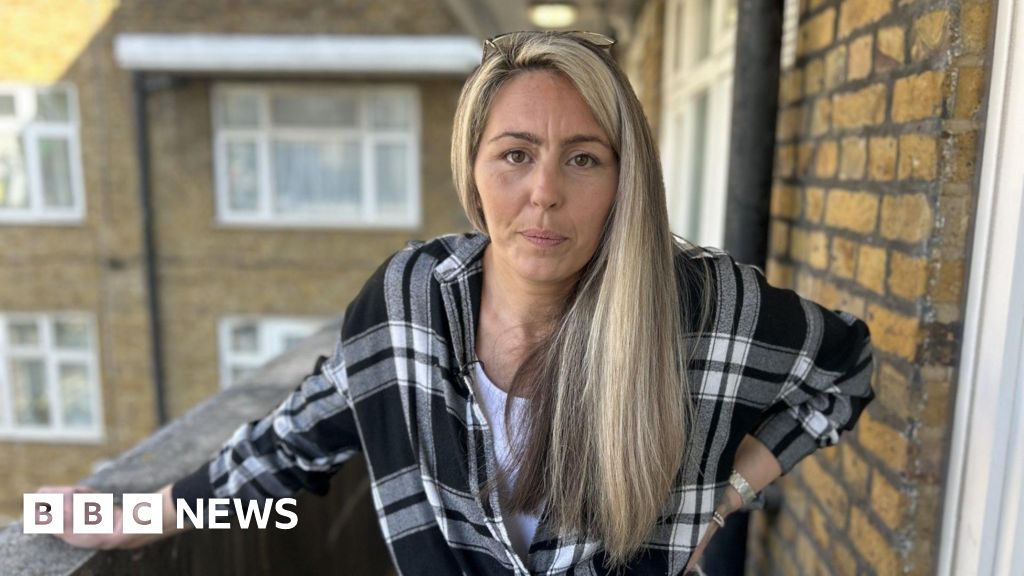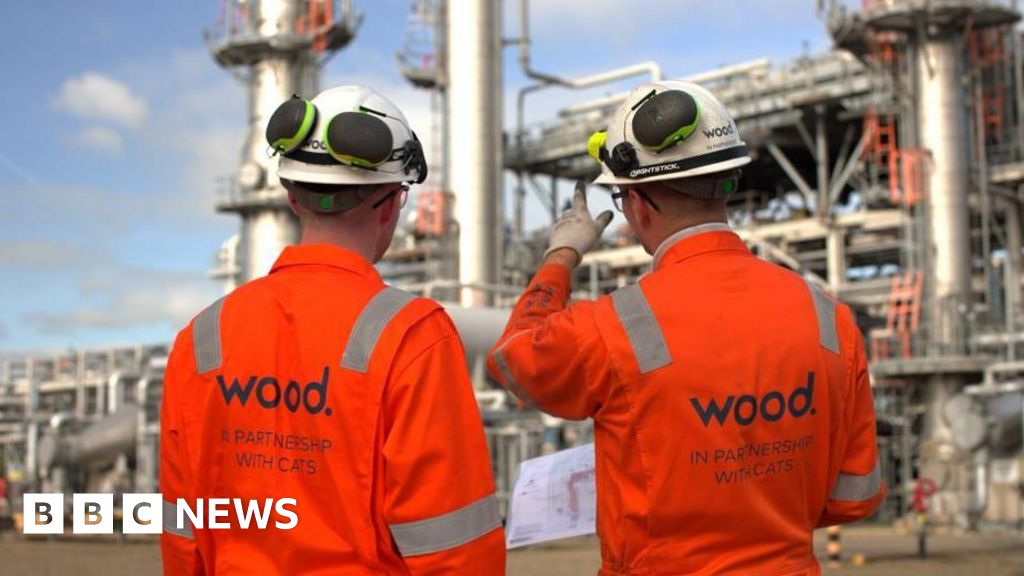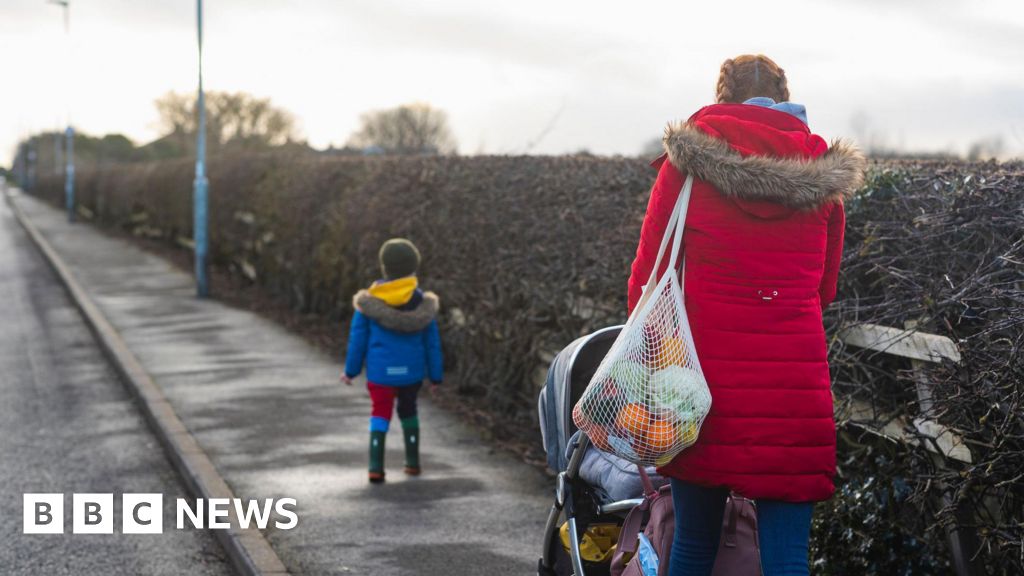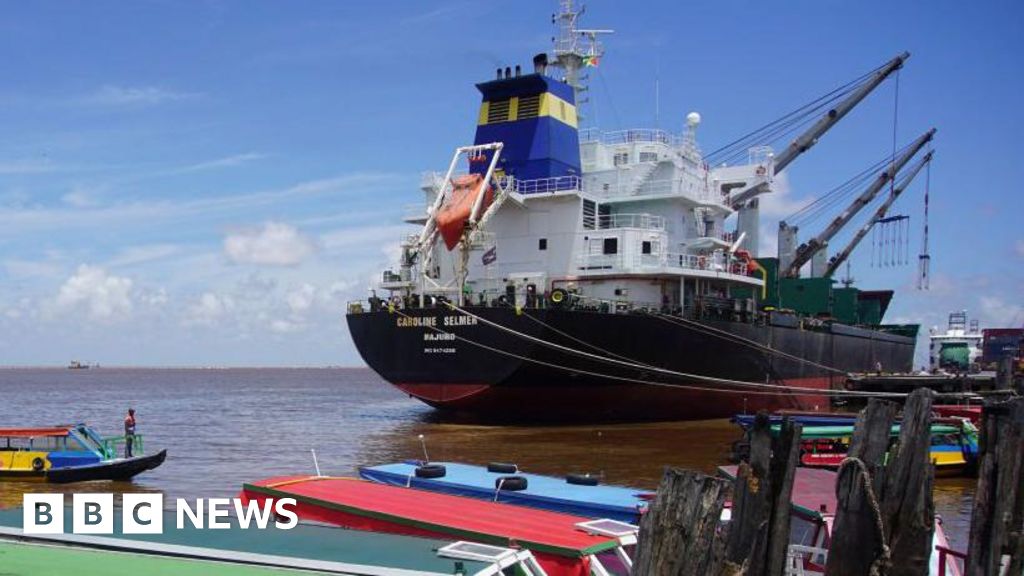Could climate change trigger the next subprime mortgage crisis?
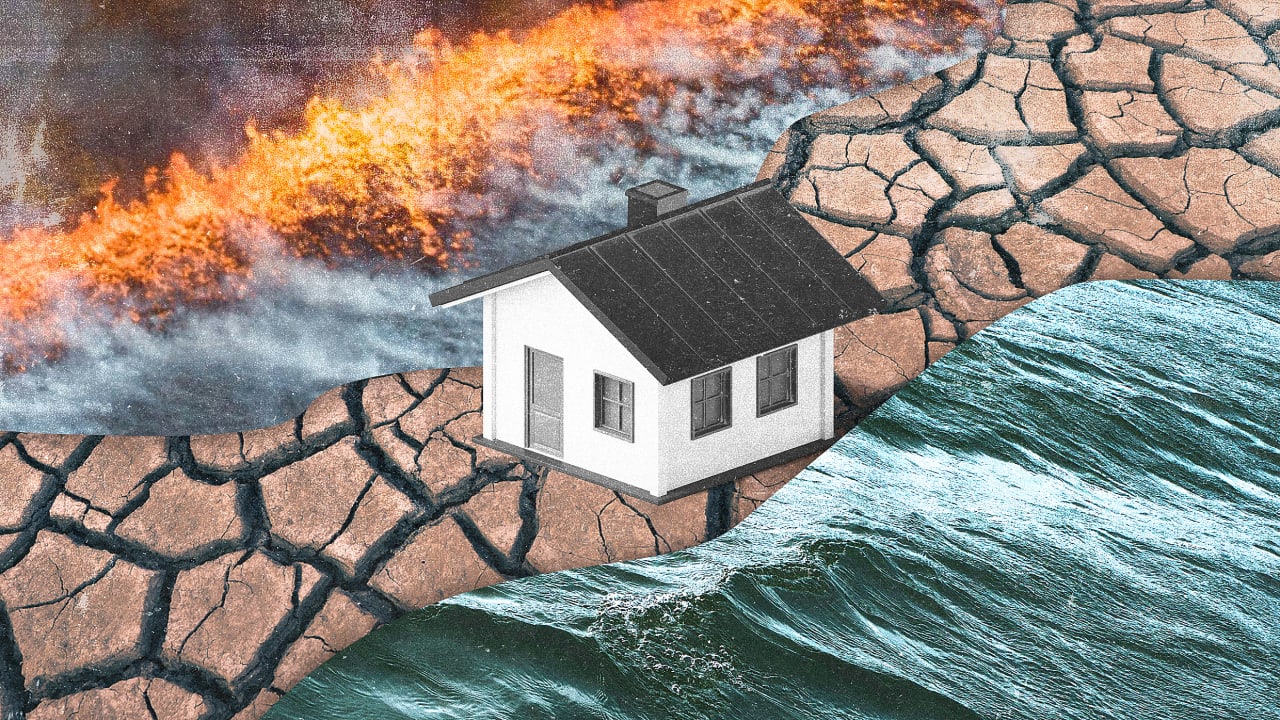
In 2008, the American dream of homeownership morphed into a nightmare that tanked the global economy.
The culprit? A toxic mix of bad mortgages and casino mentality.
Today, another financial time bomb is ticking—and this one is fueled by rising seas, wildfires, and a lethal dose of denial.
Climate change is quietly corroding the foundations of the U.S. housing market. From Florida’s hurricane-battered coasts to California’s fire-razed suburbs, a crisis is brewing that could make the subprime mortgage collapse look like a warm-up act.
The crisis will be triggered by home insurance. To get a mortgage, you need homeowner’s insurance. But in climate-vulnerable Sunbelt states like California and Florida, insurers are either fleeing or increasing premiums to eye-watering heights.
In some areas, home insurance costs have doubled or tripled in just three years. In others, policies are vanishing altogether.
Meanwhile, in a stunning irony, the top 16 U.S. insurance companies hold more than $500 billion in fossil fuel investments—collecting premiums with one hand while funding the climate disasters that force them to pay out with the other.
Homeowners on the hook
Current homeowners and retirees are sitting ducks. Florida, Arizona, and Texas lure seniors with sun and tax breaks, but fixed incomes can’t absorb climate chaos. In Arizona, home insurance premiums have surged by 62% since 2019 driven by wildfire risks. Texas has seen rates climb by 40% since 2015, as hurricanes and other climate-driven disasters batter the state.
Imagine a retiree watching their insurance premium spike from $7,500 to $17,000 overnight. Florida retirees spend 34% of their average income on home insurance. (Nationally, retirees pay 8% of their income toward home insurance.)
Their options are grim: Drain savings, sell, default, or, for those who own their homes outright, “go bare,” skipping insurance entirely—a risky bet that leaves them one disaster from devastation.
Multiply that by millions of people, and you get a fire sale of homes, crashing property values, and ghost towns of stranded assets. A 2023 study found that U.S. properties exposed to flood risk are overvalued by $121 billion to $237 billion.
Local governments will feel the squeeze like never before. Florida funds schools, roads, and police forces via property taxes. Paradise, California, which was ravaged by wildfire in 2018, wiped out 90% of its property tax base and almost all its local revenue.
What happens to a city when its tax base collapses?
Detroit offers a cautionary tale here.
The Motor City’s population plunged from a peak of about 1.8 million in the 1950s to barely 700,000 by 2010 as jobs vanished and residents fled. Detroit spiraled into the largest municipal bankruptcy in U.S. history. Streetlights literally went dark; entire neighborhoods were abandoned.
Unlike Detroit’s industrial decline, a future trigger would be natural calamity—but the end result (a city unable to pay its bills) could look eerily similar. Could Miami or New Orleans face a similar fate?
Subprime mortgages are back
And let’s not forget the banks: They’re sitting on trillions in mortgages tied to homes that could soon be uninsurable, unlivable, or underwater (literally). The 2008 subprime crash taught us that if homeowners default en masse, the contagion can spread through mortgage-backed securities and derivatives—except this time, it’s not bad borrowers but uninhabitable land driving a similar chain reaction.
In the 2000s, lenders treated subprime mortgages like an all-you-can-eat buffet, convinced home prices would only rise. Today, lenders cling to the fantasy that climate risk is “manageable” or “priced in.”
Spoiler: It’s not.
Research from McKinsey reveals that even as insurance companies acknowledge climate risks, they haven’t meaningfully integrated these same risks into their investment strategies or mortgage underwriting practices. This cognitive dissonance mirrors the 2008 crisis, when rating agencies slapped AAA ratings on what were essentially junk securities.
As storms intensify and wildfire seasons lengthen, mortgage defaults will surge. And guess who’s holding the bag? Taxpayers, via Fannie Mae and Freddie Mac.
Just like in 2008, savvy mortgage originators are quietly dumping risky mortgages onto government-backed entities, making you, the taxpayer, the ultimate insurer of America’s climate delusion.
Sprawling suburbs in floodplains, McMansions in fire corridors, and regulatory blind spots have created a Ponzi scheme of climate risk.
Here’s the kicker: There’s little chance climate risk will be “contained”—to borrow Ben Bernanke’s famously off-the-mark reassurance about subprime. The financial contagion will spread rapidly across markets because climate-vulnerable mortgages, like subprime loans before them, have been bundled, securitized, and distributed throughout the global financial system.
How to mitigate the disaster
So, what’s the fallout when this bubble bursts?
Retirees forced out, cities bankrupted, banks bailed out—it’s 2008 with a side of rising oceans.
The lesson from subprime was simple: Denying reality doesn’t erase risk; it just guarantees a harder crash.
The looming crisis isn’t a mystery, and neither are the solutions. We can take steps right now to defuse this “climate housing bubble” before it pops.
First off, policymakers can require far greater transparency about climate risks. Homebuyers have the right to know if that bargain beachfront cottage is likely to flood—yet shockingly, states like Florida (with some of the highest overvaluation) do not require sellers to disclose flood risk to buyers. Mandatory disclosure laws for flood, fire, and heat risks would inject some reality into pricing and steer some people out of harm’s way.
Next, we need to end perverse incentives that encourage building and rebuilding in disaster zones. For decades, the federal government—via cheap flood insurance, disaster aid, and infrastructure spending—has socialized climate risk, effectively footing the bill for risky development with taxpayer money. The National Flood Insurance Program, for example, historically charged below-market rates and racked up $20 billion in debt, requiring repeated bailouts. It’s now moving toward risk-based pricing, which is painful for homeowners but absolutely necessary to signal where it’s safe (and not safe) to build.
Similarly, officials could tighten zoning and building codes in high-risk areas, or even prohibit new construction in the most exposed floodplains and fire zones. (As one former director of the Federal Emergency Management Agency bluntly suggested: Stop writing government-backed insurance for brand-new houses in flood zones).
In parallel, banks and regulators must get serious about integrating climate risk into lending decisions. That could mean requiring robust insurance coverage (beyond the minimal standards) on mortgaged homes, adjusting loan-to-value ratios or loan terms in ultra-risky areas, and incorporating climate data into underwriting models when valuing mortgage portfolios. Fannie Mae and Freddie Mac, in particular, should lead by not purchasing loans on obviously doomed properties. Why extend a 30-year mortgage on a house that may be underwater (literally) in 20?
On the community level, we need to shore up climate resilience to protect home values: stronger levees and hardened grids, yes, but also difficult conversations about strategic retreat. In some places, the safest plan is to help people move now, rather than rebuild for the fifth time after a disaster. Policymakers can create funds for voluntary buyouts and relocations to get vulnerable families into safer housing—a “managed retreat” that’s humane and ahead of the curve.
None of this is easy or cheap. But the alternative—maintaining our current course—is far more costly. The 2008 crash taught us that unheeded risk in housing markets can bring the entire economy to its knees. We have an opportunity today to prevent a replay, this time driven by climate rather than credit. It will require political courage, sober risk management from lenders, and, yes, higher costs up front in some cases. But proactively pricing in climate risk (and mitigating it where possible) is like preventive medicine. It might sting now, but it will save us from far greater pain down the road. The housing collapse of ’08 wiped out $7 trillion in homeowner equity and ravaged communities; a climate-induced collapse could be even worse if we do nothing.
Will policymakers and lenders act before Miami becomes Atlantis and Phoenix a blast furnace?
Or will they keep chanting the same mantra—“home prices only go up”—until the levees break, literally and financially?
Time’s up. The water’s rising. And this time, there’s no bailout big enough.
What's Your Reaction?
 Like
0
Like
0
 Dislike
0
Dislike
0
 Love
0
Love
0
 Funny
0
Funny
0
 Angry
0
Angry
0
 Sad
0
Sad
0
 Wow
0
Wow
0





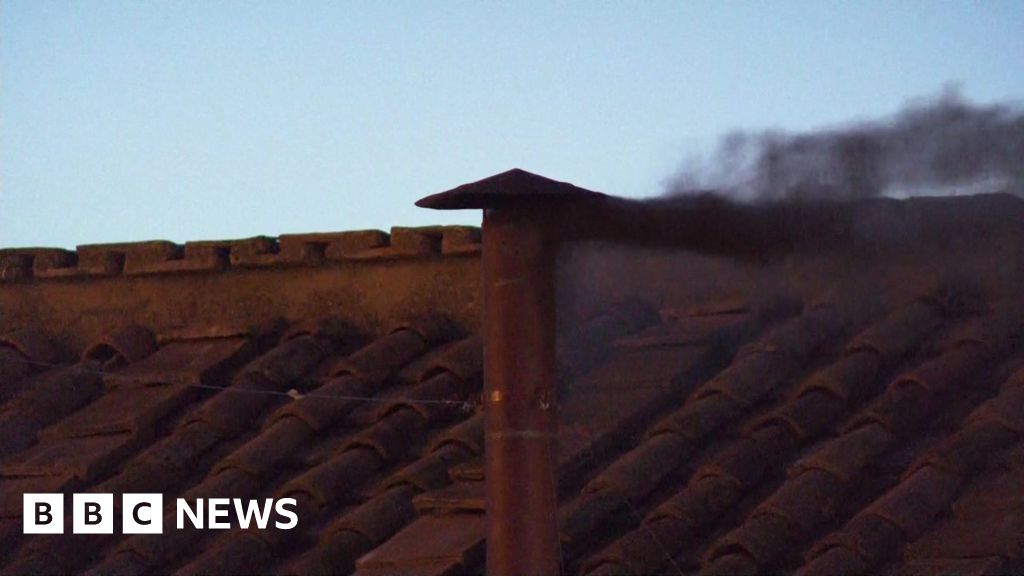



































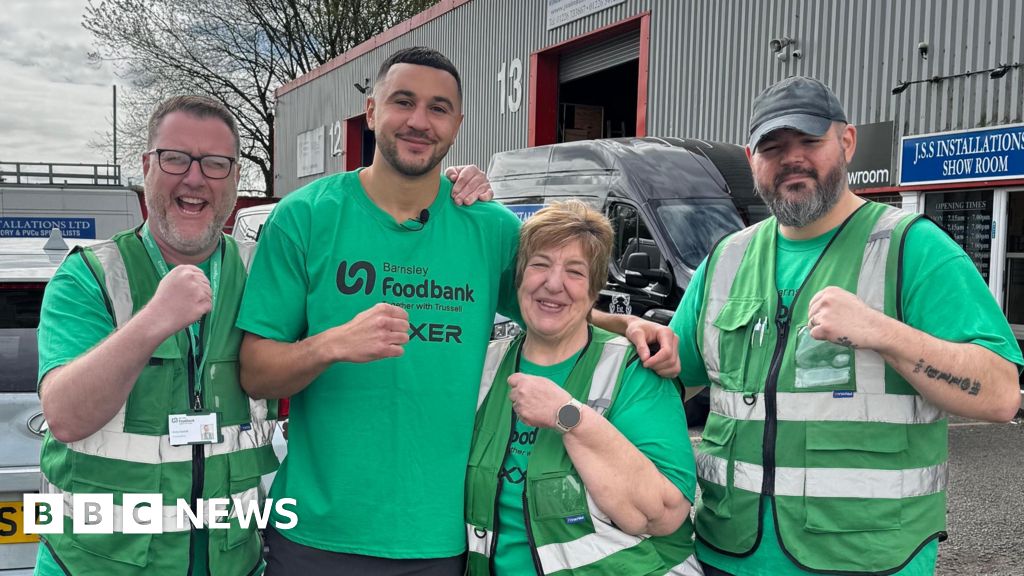









![Rhiannon Rodriguez talks new single “Lie I Can’t Deny”, storytelling and collaborating with her filmmaking dad [Interview]](https://earmilk.com/wp-content/uploads/2025/05/Rhee-Castle-3Y8A0630-cc2-1.jpg)
































